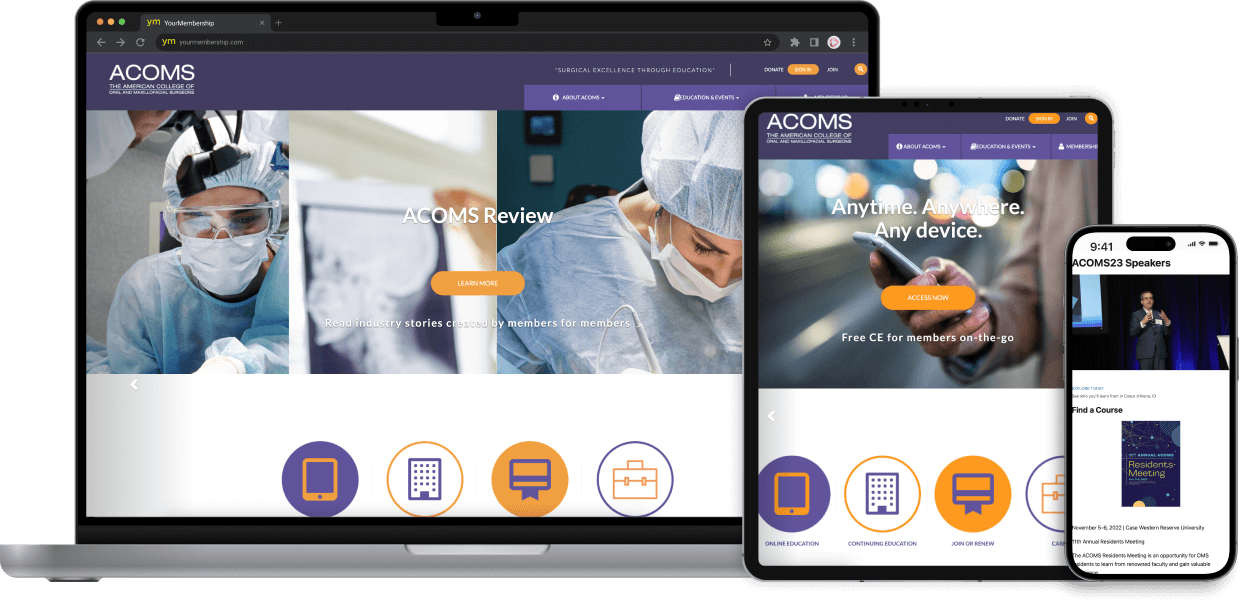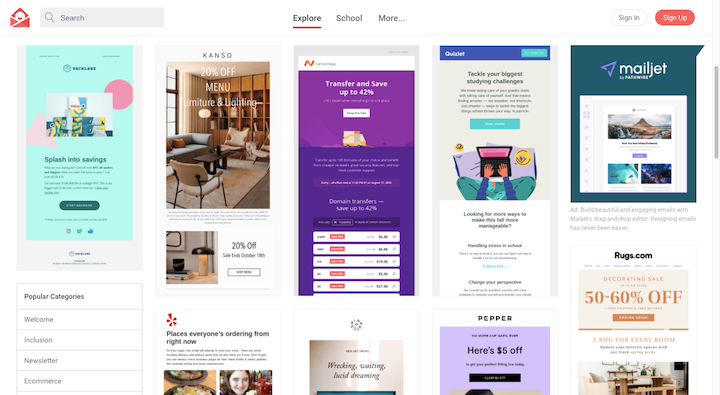Do It Yourself Site Style: Tips and Tools for Structure Your Own Site
In today's digital landscape, the capacity to make your very own site has actually come to be significantly available, yet numerous people continue to be uncertain about where to start. Developing clear goals is critical, as it educates your design decisions and makes certain alignment with your general vision. Furthermore, selecting the proper system can dramatically influence your website's performance and user experience. However, comprehending the important style concepts and tools readily available can further encourage your DIY journey. As we explore these aspects, you'll discover essential understandings that can improve your process and boost your website's performance.

Recognizing Your Site Goals
Developing clear site goals is an essential action in the DIY web site layout procedure. These objectives serve as the foundation for every choice made during the style trip, influencing web content, functionality, and layout.
To develop efficient objectives, take into consideration using the wise requirements-- Details, Measurable, Attainable, Relevant, and Time-bound. By formulating goals that fulfill these requirements, you can ensure they are workable and sensible. For example, rather of an obscure goal like "rise web traffic," go for "boost regular monthly site visitors by 20% within 6 months."
Consider their choices, needs, and habits to customize your website to resonate with them. Ultimately, distinct internet site goals will certainly enhance the style procedure, enabling you to create a site that successfully fulfills your objectives and serves your target market efficiently.

Selecting the Right System
Choosing the appropriate system for your do it yourself internet site is an important decision that can considerably influence your layout process and general success. With countless options available, it's necessary to review each platform based upon your particular needs, technological skills, and lasting goals.
Content Monitoring Systems (CMS) like WordPress use flexibility and a large choice of plugins and styles, making it suitable for numerous kinds of internet sites. Nonetheless, it might require a steeper understanding contour for novices. Alternatively, web site builders such as Wix or Squarespace provide straightforward interfaces that enable fast arrangement and design, however they may do not have advanced customization alternatives.
Consider your budget, as some systems have complimentary variations with restricted functions, while others involve month-to-month charges. Furthermore, examine your internet site's scalability; select a platform that can expand with your service. If shopping is a concern, try to find systems especially made for online sales, such as Shopify.
Inevitably, the best system ought to line up with your technological effectiveness, budget plan restraints, and certain site objectives, guaranteeing a smooth layout and advancement experience. Put in the time to research and compare options to make an informed option that best fits your vision.
Necessary Style Principles
After selecting the best platform, the next step entails applying fundamental layout concepts that will enhance the functionality and appeal of your website. Prioritize simplicity; a tidy and clean layout permits visitors to focus on your content without distractions. Utilize a consistent color design and typography to produce a natural appearance that mirrors your brand name identification.
In addition, guarantee that your web site is user-friendly by implementing user-friendly navigating. Clear menus and sensible page pecking orders will guide customers to their wanted details promptly, improving their total experience. Emphasizing visual hierarchy with spacing, size, and shade assists direct attention to crucial components, such as contact us to activity or crucial messages.
Check your design on mobile, tablet, and desktop layouts to ensure a smooth experience. By adhering to these important design concepts, you will certainly develop a practical and visually pleasing site visit the website that properly engages your target market.
Suggested Devices and Resources
Building a web site requires not just creative thinking yet likewise the right devices to bring your vision to life. A solid foundation begins with a trusted website home builder such as WordPress, Wix, or Squarespace. These systems offer easy to use user interfaces, adjustable layouts, and robust assistance for various capabilities.
For those looking for even more control, a code editor like Visual Studio Code or Sublime Text can be invaluable. Such devices make it possible for direct adjustment of HTML, CSS, and JavaScript, this contact form enabling a very individualized layout. Additionally, graphic style software application like Adobe XD or Canva can help in creating eye-catching visuals, logos, and graphics that enhance your site's aesthetic charm.
To optimize your site for internet search engine, consider employing tools like Yoast SEO or SEMrush, which guide you through ideal techniques for on-page optimization. For analytics, Google Analytics is important for tracking user habits and gauging the efficiency of your style selections.
Lastly, stock image resources such as Unsplash or Pexels provide high-grade photos that can improve your content without compromising on rate or performance. By leveraging these resources and tools, you can simplify the site style procedure and produce an engaging online visibility.
Evaluating and Launching Your Website
Efficiently introducing a website requires careful screening to make sure whatever functions efficiently and satisfies user assumptions. Begin by conducting extensive functionality examinations, confirming that all links, forms, and interactive components are operational. Utilize devices like Google Analytics to track individual interactions and determine any possible problems.
Next, analyze your web site's performance throughout multiple tools and web browsers. Responsive style is vital; for that reason, examine just how your site shows up on smartphones, desktop computers, and tablet computers. This makes sure a seamless experience for all individuals. Website Design. Load rate is another important element; devices such as GTmetrix can aid evaluate and enhance your website's rate.
Don't ignore use testing, which entails gathering feedback from actual individuals. This can reveal areas for renovation and aid refine navigation and content design. In addition, browse around this web-site guarantee your site is enhanced for online search engine by implementing SEO finest methods.
Final Thought
In verdict, effective DIY site style needs a critical strategy incorporating clear goal-setting, cautious platform choice, adherence to important style principles, and the utilization of recommended resources and tools. Extensive testing prior to launch is crucial to make certain ideal performance and user experience. By adhering to these guidelines, individuals can create a engaging and specialist on the internet presence that fulfills their objectives, ultimately boosting their exposure and effectiveness in the electronic landscape.
Establishing clear internet site goals is an essential step in the Do it yourself site layout process. Inevitably, distinct site objectives will streamline the style process, allowing you to create a website that efficiently meets your goals and serves your target market efficiently.
After picking the best platform, the following step involves using foundational style concepts that will boost the functionality and charm of your website (Website Design). By adhering to these important layout principles, you will develop a functional and cosmetically pleasing site that properly engages your target market
